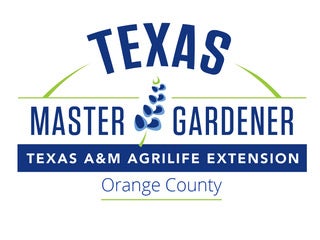Master Gardeners: More to learn concerning edema in plants
Published 8:17 am Saturday, January 30, 2021
|
Getting your Trinity Audio player ready...
|
By Sheri Bethard
Orange County Master Gardeners – Adapted from Peppergeek.com
Last week I introduced you to Edema in Plants. This week I am providing you with more ways to effectively treat it and “bugs” that look like it could be edema. This article is primarily regarding peppers, but this could happen in other plants. So be on the watch for it.
Water Regularly
A study at KCU found that one plant that had its soil kept drier than others actually showed worse edema than those kept constantly wet.
Why? They hypothesized that this could be due to sudden uptake of lots of water after being allowed to dry out completely. After all, edema seems to be caused primarily by an inability for plant cells to expel water quickly enough.
Try to pin down exactly how much water your plants need and keep to a schedule. Never over-water! Watering regimens will vary from one plant type to another.
Monitor Humidity
Humidity could also play a role in plant edema for some varieties. It is unclear, but if the plant you are growing comes from a dry environment, try to simulate that as best you can. On the other side, if you are growing a tropical plant, keeping the air humid (but also fresh) could help abate edema.
A simple humidity/temperature gauge is usually appropriate for any indoor growing. Even if you just have a peace lily or philodendron, knowing the humidity may help indicate when to mist your plants.
Plant Edema Lookalikes
While edema can be treated by changing environmental factors, other issues may look similar to edema. Here are a couple of possible plant edema lookalikes to watch for.
Pollen
It may seem unlikely to mistake pollen for edema, but some gardeners can be a bit over-worried. Pollen is a natural, dust like substance that falls from your plant’s flowers. It is an essential part of fruit and seed production, and does nothing but help your plant.
Pollen has a dusty appearance and can usually be blown away easily. If your leaves have a whitish dust that easily comes off, it is most likely pollen. Nothing to worry about!
Scale Insects
Scale insects are usually small, white, immobile insects that spread easily from one plant to another. These pests are nearly impossible to completely eliminate but may be treatable with a neem oil solution or a pesticide.
You can usually tell if you have scale insects if the affected region of your plant is localized. Many types appear clearly insect-like, while plant edema has more of a crystalline appearance. There are many types of scale, so do some research to understand the best way to deal with these pests. One scale that looks very similar is the male euonymus scale which looks like tiny white lines.
Powdery Mildew
A common fungal disease, powdery mildew affects many different plant varieties. Powdery mildew appears as a white, powdery substance similar to powdered sugar. It mostly occurs on the tops of leaves, while edema will usually show symptoms on the leaf bottoms. This fungal disease spreads easily from one plant to another, so be sure to treat it as soon as you find it. Treatments include a diluted solution of baking soda and dish soap in water, sprayed on the affected areas.
I hope this and last weeks articles have better helped you understand just one of many problems that can occur in plants. Edema does not spread from plant to plant but can be controlled or eliminated by environmental changes to your plant and area around your plant.
If you have any horticultural questions, please contact our Hot Line at 409 882-7010 Tuesday and Thursdays from 10 a.m. – 2 p.m. or email us at ocmg1990@gmail.com.
Master Gardener: Learn how to treat edema in plants






